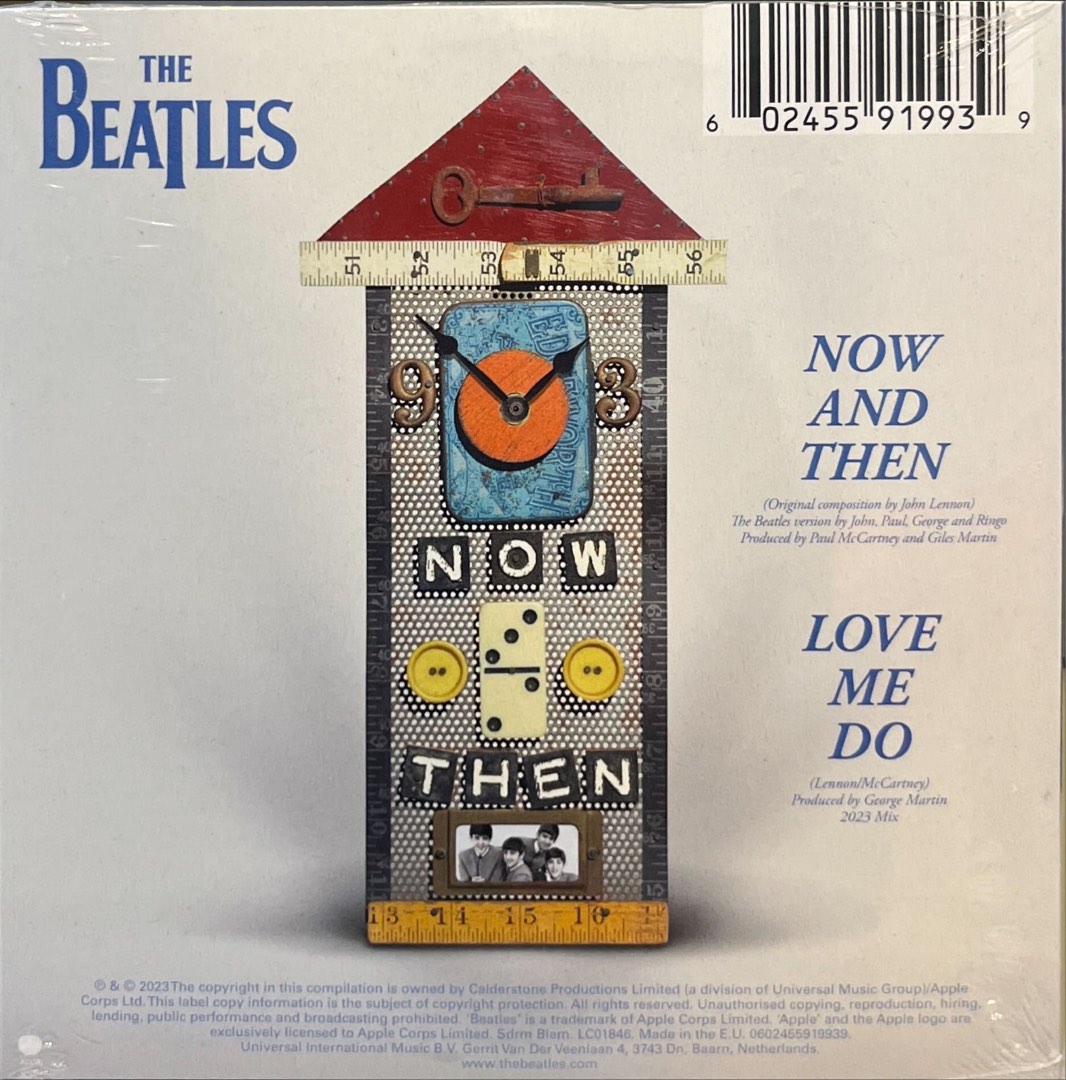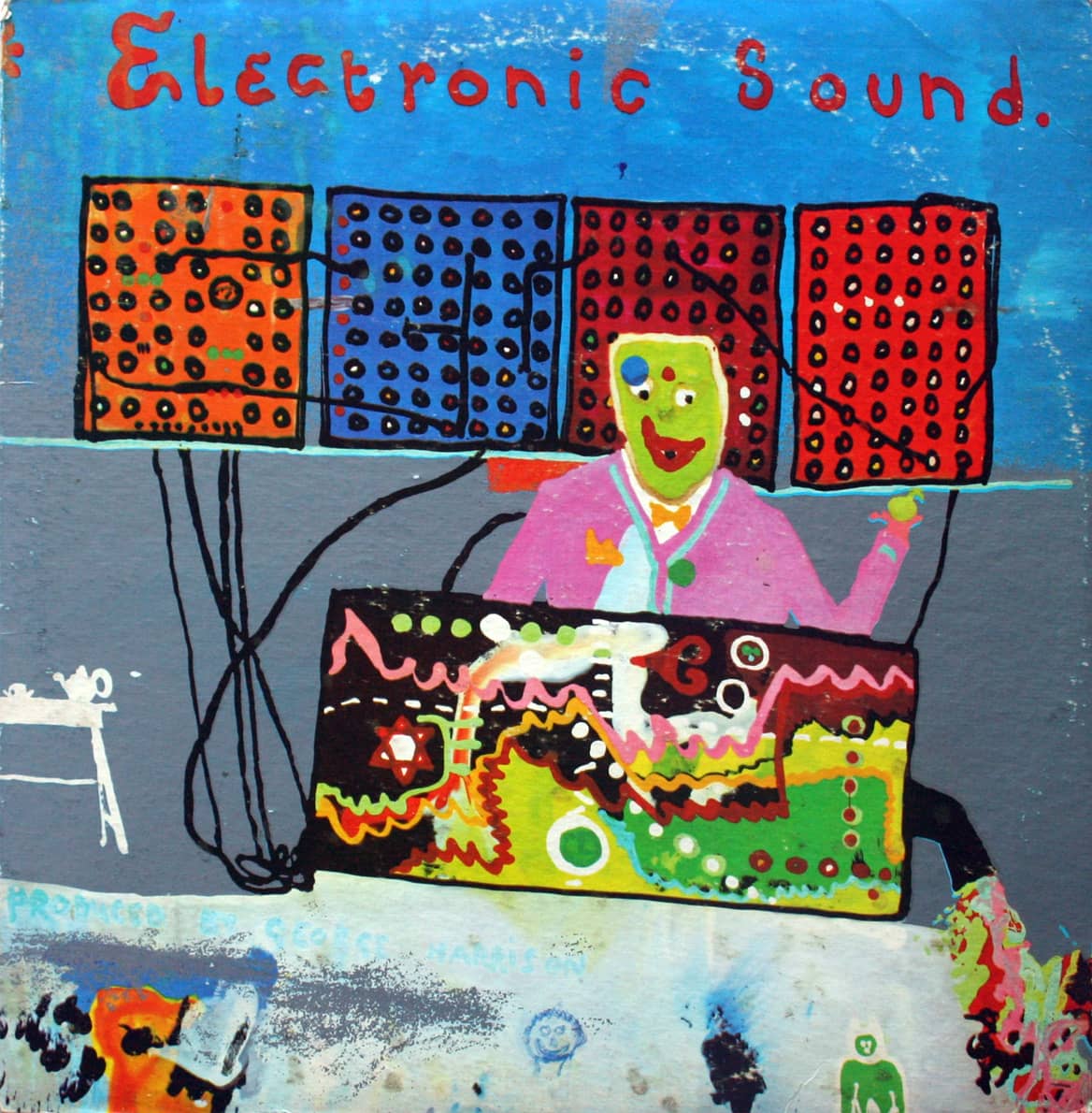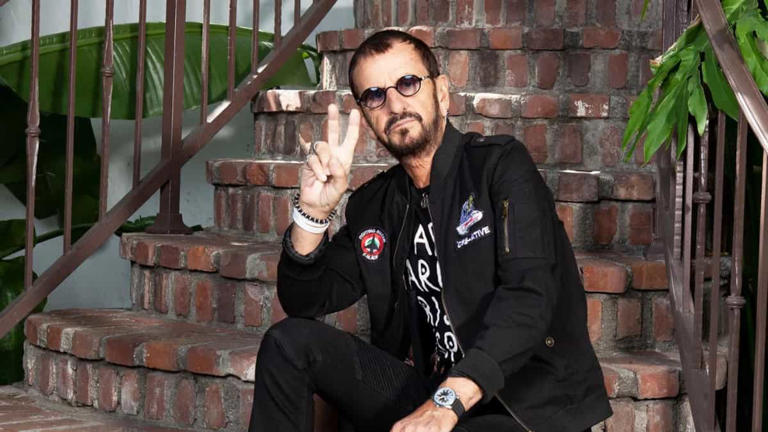2023 det gick alltför fort, här kommer ett sista ’nyårs’-kort
Inför nyårsfirandet 2023/2024 använder vi oss av Apples neutrala säsongshälsning
Nu när julhelgen har passerat vill vi i styrelsen för The Beatles Information Center skicka en neutral nyårshälsning till alla våra medlemmar och tacka för ett fantastiskt jubileumsår!
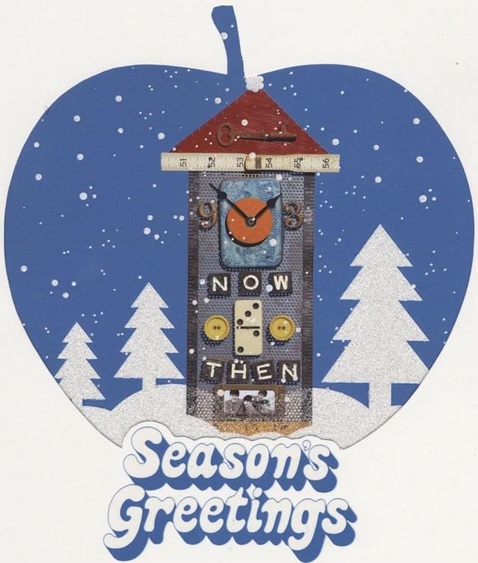
Vi får räkna med att 2024 kommer att bli ännu ett fullspäckat Beatlesår. Historien om The Beatles är ju lika med The Never Ending Story!
Här är några tips på vad som vi kan förvänta oss under 2024:
Nyutgåva av Paul McCartney & Wings album Band On The Run som firar 50 år (1973-2023) och som släpps i början av februari 2024.
Nyutgåva av Paul McCartneys album McCartney III, som firar 3-årsjubileum i slutet av december 2023. Släpps förmodligen i början av januari 2024.
Ny samlingsutgåva av John Lennons Mind Games, som firar 50 år (1973-2023), släpps i juni 2024.
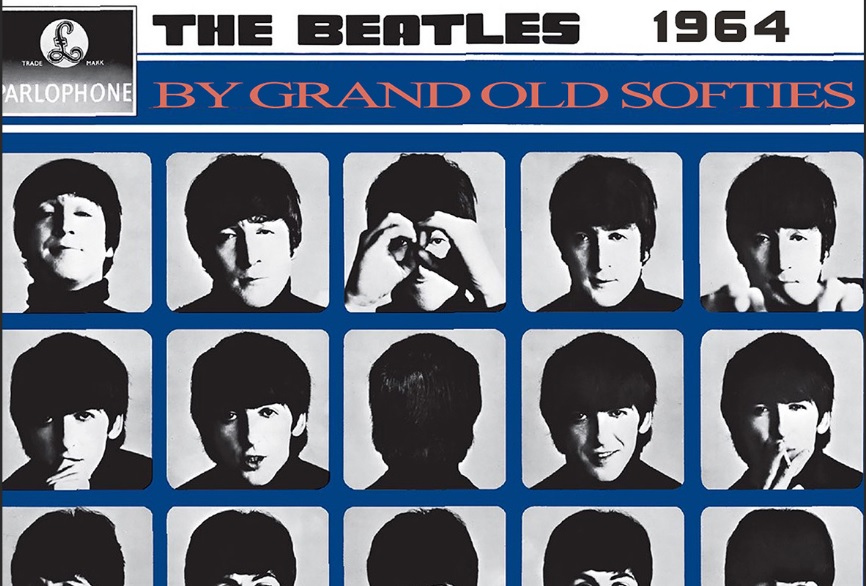
THE BEATLES 1964 BY GRAND OLD SOFTIES
Onsdagen den 14 augusti 2024 spelar Grand Old Softies upp godbitarna från The Beatles repertoar 1964 på Ekermanska Malmgården/Folkparken.
Torsdagen den 15 augusti 2024 spelar man högre upp i luften. Då besöker Grand Old Softies Svampen i Örebro – 58 meter upp i luften – med sin föreställning The Beatles 1964.
Diverse mer eller mindre kvalificerade gissningar, varav kanske någon slår in?:
Paul McCartneys Archive Collection-utgåvor av London Town och/eller Back To The Egg.
The Beatles nymixningar av albumen Rubber Soul och/eller Help!



